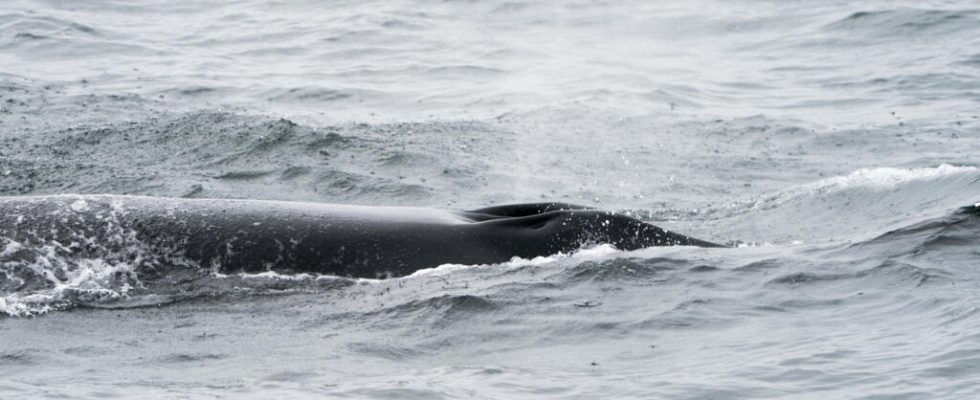Almost 100 years after deserting the Argentinian coasts due to hunting, the sei whale, the third largest species of whale in the world, has reappeared off the coast of Patagonia. A success in terms of conservation which can be explained in particular by the regulations on whaling.
1 min
With our correspondent in Buenos Aires, Théo Conscience
You have to go back to 1929 to find the last time the immense gray-blue silhouette of a sei whale was seen off the coast of Argentina. In the 1920s, indiscriminate hunting had pushed these whales to exile to other latitudes to survive.
Ninety-five years later, scientists from the National University of Patagonia were able to observe from the Argentinian coast a specimen of this giant mammal that could measure up to 20 meters long and weigh an average of between 20 and 30 tons. .
This great comeback was made possible by the long and laborious implementation of regulations on whaling. After the signing of a first convention by 22 countries in 1931, an international moratorium came into force in 1986. The sei whale is today a protected species, whose total population is estimated between 10,000 and 50,000 individuals.
But threats remain around the world. On Thursday, Japan’s national fisheries agency proposed a plan to add the sei whale to the three whale species allowed for commercial whaling in the archipelago’s Exclusive Economic Zone.
To rereadHumpback whales once again threatened by ocean warming
